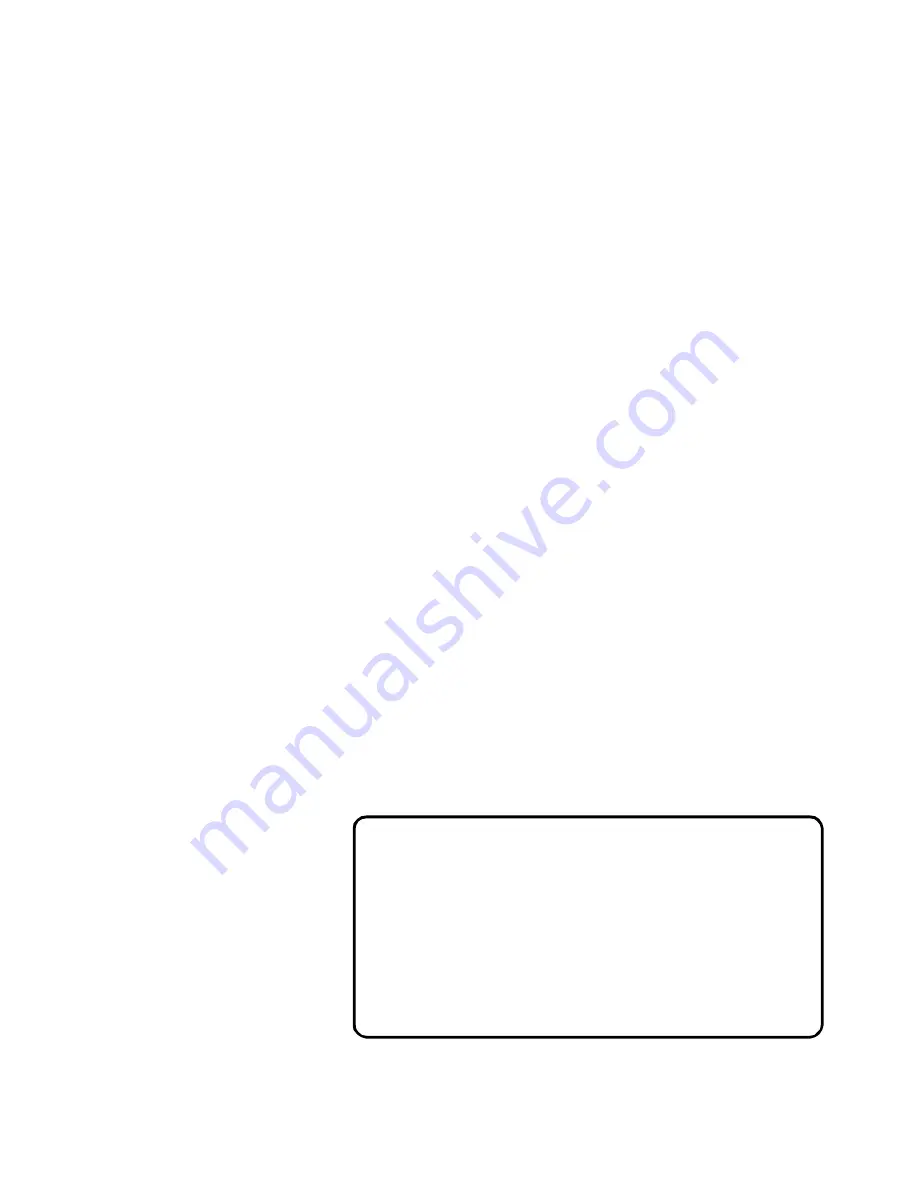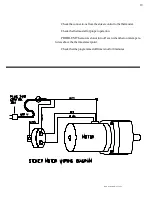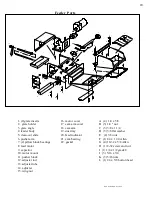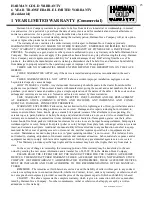
16
DO NOT BURN WET COAL
This operation can also be performed when the unit is not burning
by lifting out the grate inserts and removing fly ash with the vacuum
cleaner.
Annually:
At the end of the heating season is the best time to perform annual
maintenance. The reason is rust and corrosion can form much faster in
the high humidity of summer.
Remove all coal from hopper.
Remove all ashes.
Remove and clean flue pipe.
Check chimney and clean if necessary.
Remove hopper and check for rust at bottom edges. If rust is
found, remove it with a file or sandpaper and paint the area with spray
paint available from your dealer.
Check the feeder for rust and corrosion where the hopper fits into
it.
Check the pusher block to see if it moves freely. This can best be
done by shaking the adjuster rod. If it does not move freely, it should be
removed and cleaned. Also remove any rust or corrosion from the area
where the pusher block slides and spray with WD-40 or other rust
preventing spray. To remove pusher block - - Remove cover, remove
wing nut, adjuster, and adjuster tube. Remove motor mount with motor
in place and cord still attached. Swing pusher assembly up as high as it
will go. Remove feed indicator from side with Allen wrench. Now the
pusher block can be removed. To reinstall -- just reverse the
procedure. If the pusher block cannot be moved, call your
dealer.
Always empty hopper when not burning for more than a
week. When left standing for long periods with wet coal, the
pusher block will rust and corrode, causing it to seize. If the
stoker is then turned "on", damage to the pusher assembly and
feed motor will result. This will be considered neglect and will
IMPORTANT
è
IMPORTANT
è








































